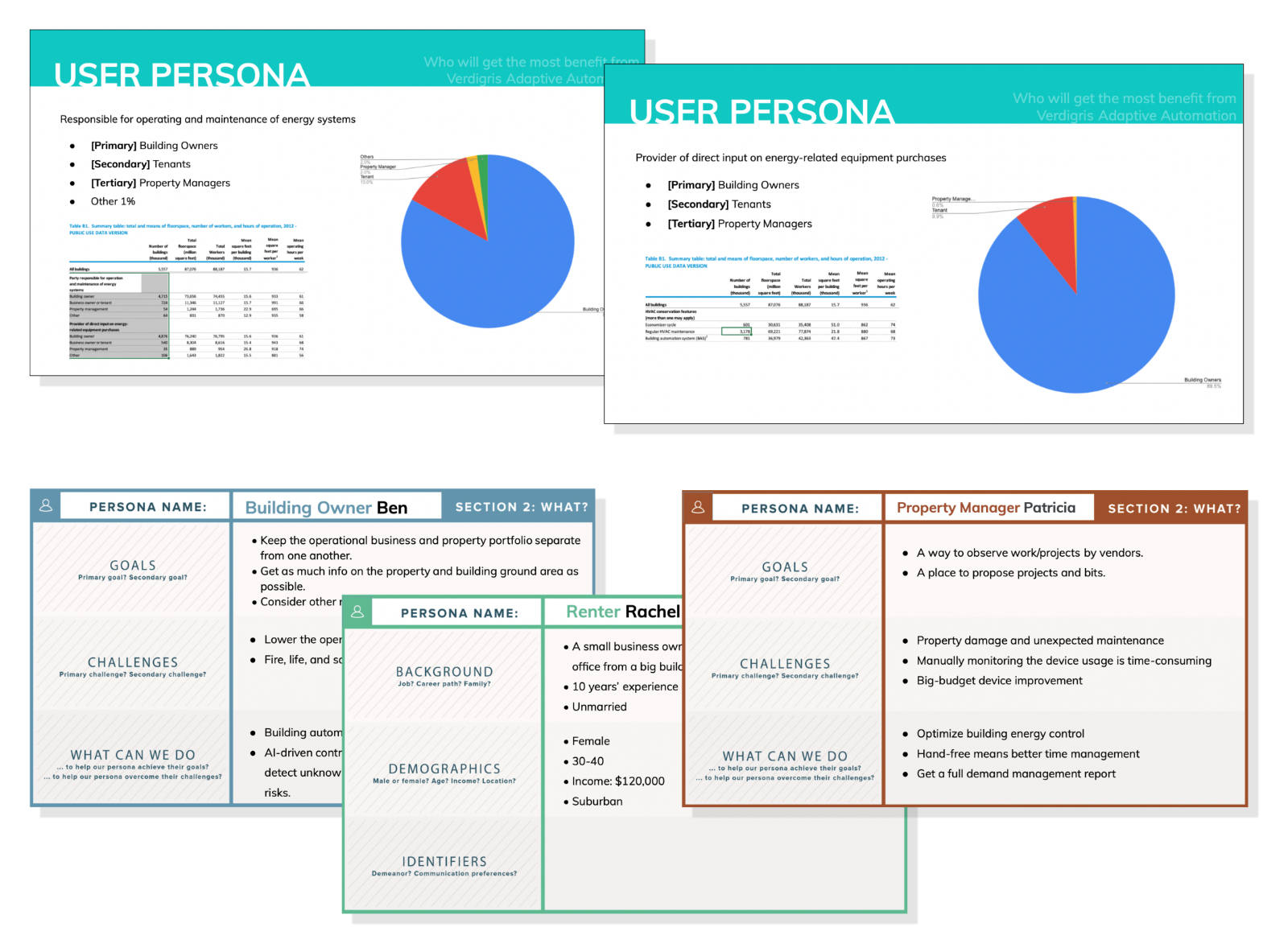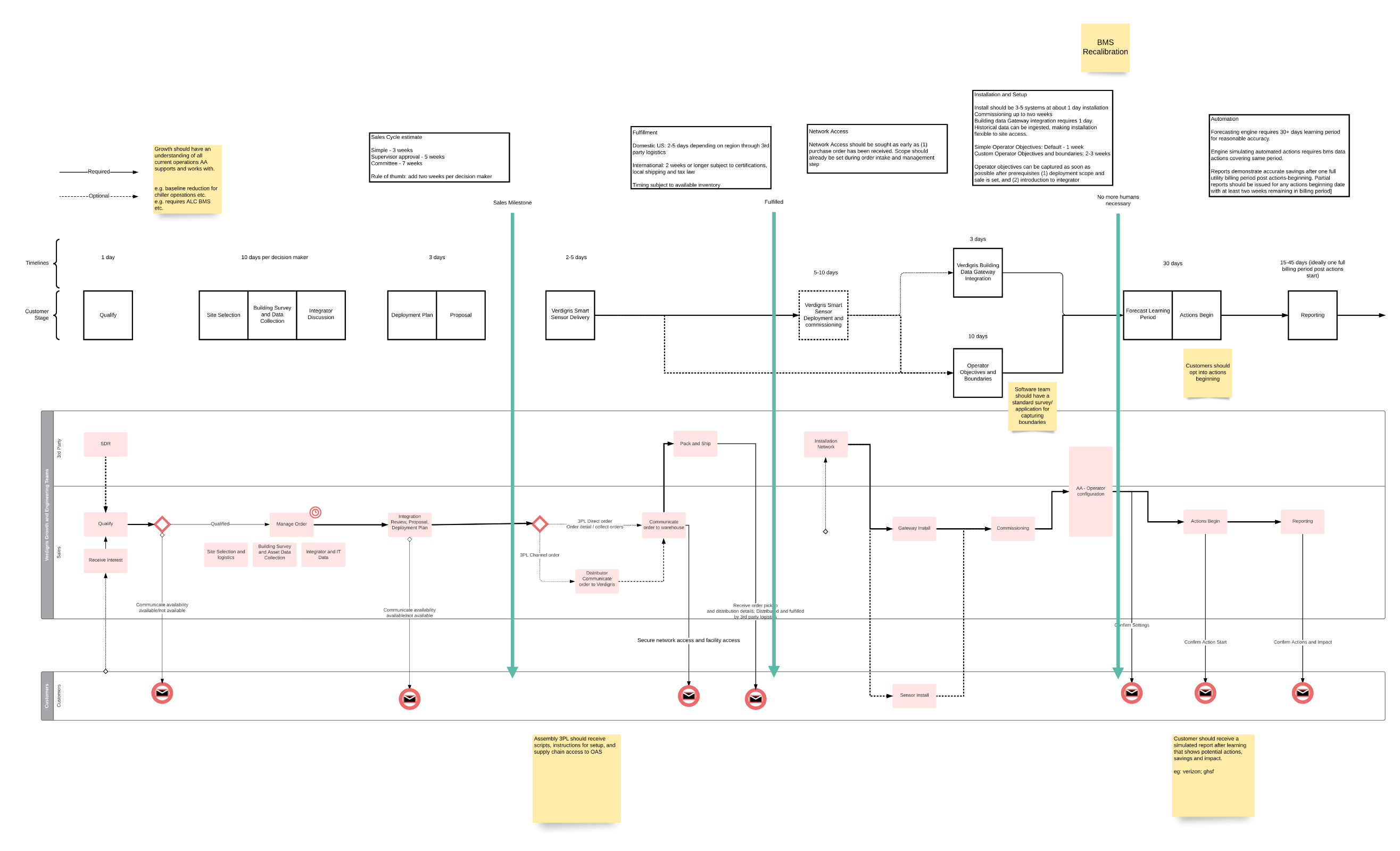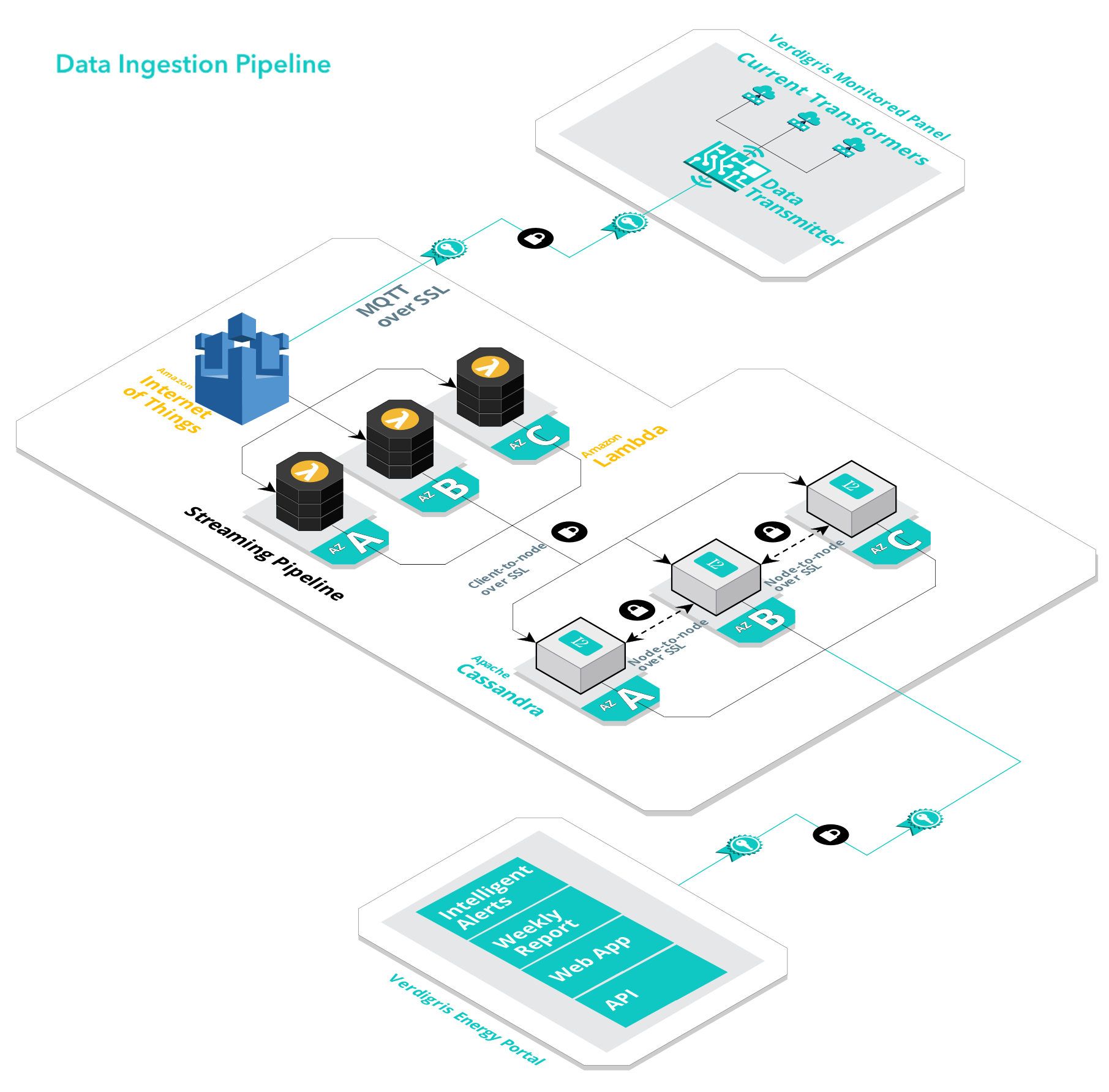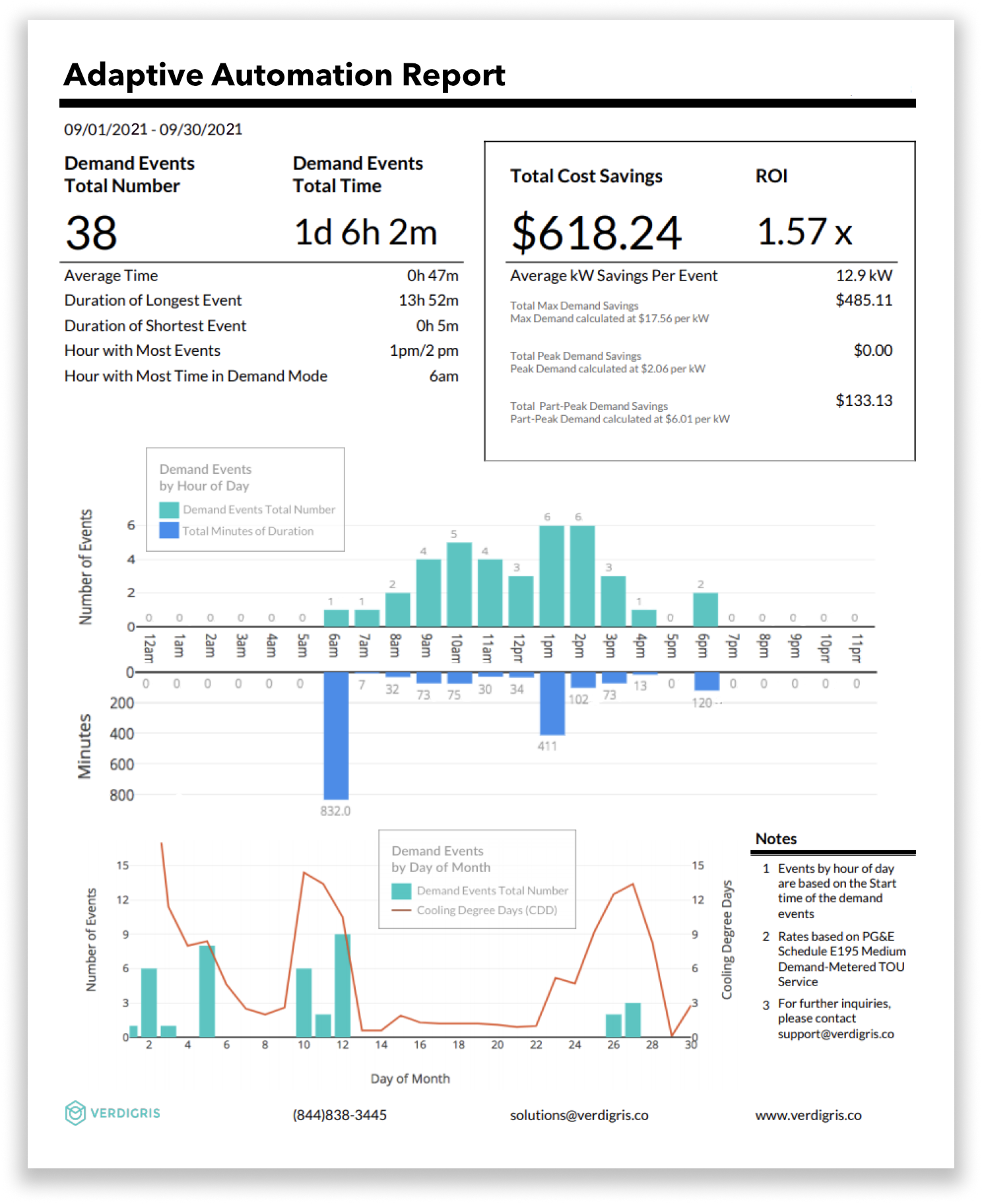Made with by Daniela in San Francisco Bay Area, Califronia.
Adaptive Automation
Delivers immediate energy savings
As a UX designer, I need to find out the motivation of the customers to shape a better product to improve their experience.
- UX Design +
- Service Design +
What's going wrong?
I once designed a mobile app called Energy Tracker. It was an alerting tool to keep the facility managers informed about activity in their building. The app would notify them when energy consumption was higher than it should be.
I conducted stakeholder interviews, surveys, and user interviews. I created personas. I followed all the checklist items for a UX and user-focused process.
During my mockup interviews and usability tests, all facility managers I interviewed said they liked this idea. So I did the whole product design lifecycle from concept, strategic planning, visual design, and finally building and delivering prototypes to engineers.
I had confidence that I had solved many of our challenges. And my team and I sat back to watch the magic happen.
However...
The usage statistics turned up people barely used it. We didn’t help our customers to reduce their energy bills with this product.
New Direction
I started to figure out all great user experiences happen beyond the screen and in the gaps. Gaps between channels, devices, and business silos.
Afterward, I realized my design assumption was so wrong because we ignored the motivation. Facility managers were busy and moved around in the buildings, in most cases they didn’t check emails and alerts that frequently. Moreover, some abnormal alerts might be not big enough to take their attention, they might not put an inefficiently working exhaust fan in their highest priority, although it would impact the energy bill, in some cases, for facility managers, they might not that care about the bill too much.
Our goal was to save money on the utility bill, the financial people in the organization and Chief Energy Officer were true beneficiaries but not facility managers.
Under this situation, we designed a new product, Adaptive Automation. We allow our customers to put their energy savings on autopilot with our product. Reduce energy consumption and save money effortlessly. Our AI learns the building’s patterns, combining real-time, high-frequency meter data with local weather, utility pricing, and building management system data to develop forecasts. We continuously optimize baseline efficiency for equipment that operates 24/7, and automate demand management and response to shed and shift loads without compromising tenant comfort. Moreover, this is totally hands-free.
Designing for the bigger picture
I started by designing some surveys to get user insights. Researched customers’ financial mode and competitors’ work. I built personas that were made up from the research of user insights and data from customer information I had.

For the ideation and service blueprint, I facilitated several workshops to map out our plan. Overlap our business back-end on how a service works on the customer journey map.

I designed and created posters and animations to demonstrate how it works. Optimized the service blueprint to a sharable version. I created a Data Ingestion Pipeline chart. And I also designed a monthly report for our customers.




Lessons
It's important to focus on delivering unified and efficient services holistically, and streamlining the work process to maximize efficiency.